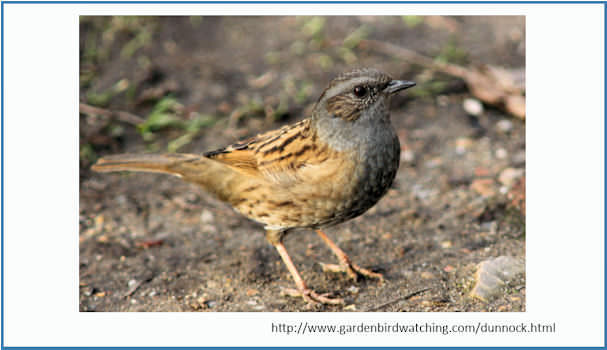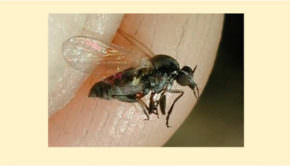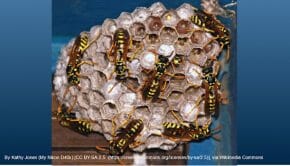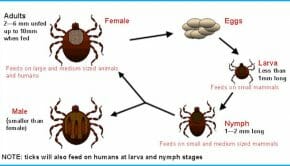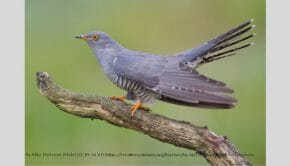Biodiversity Group Bird of the Month
The Dunnock
The dunnock is similar in size to the house sparrow with a light and dark brown streaked upper body, plain brown tail and a blue-grey head and breast. The black bill is finer than that of a sparrow and when on the ground it moves in a jerky way often flicking its wings and tail. It does not breed in pairs but in groups. The most common is two females to two males but it can also breed in groups of up to three males and three females. The female builds a cup shaped nest in dense shrubs and hedges and lays 4 – 6 bright blue eggs which she incubates. Both parents then feed the young often assisted by the other male birds. It is mostly a ground feeder searching for insects, beetles, ants and spiders in the leaf litter although in autumn and winter it will also eat berries and seeds. The dunnock is the preferred host of the cuckoo. Chaucer made notes on this referring to the dunnock as hegesugge which means ‘flutterer in the hedges’. They can have 2 – 3 clutches a year and live for about 8 years.
Did You Know?
- It has a variety of names including Irish nightingale, hedge sparrow and hedge accentor (which means one who sings with another).
- The name “dunnock” comes from the Ancient British dunnākos, meaning “little brown one”.
- Although they look like a sparrow they are in fact more closely related to the thrush.
- During the 1970s and 1980s their numbers dropped by 50% (possibly caused by changes in woodland management) and although their numbers are beginning to recover, they are not stable yet so have been given the conservation status of Amber.

